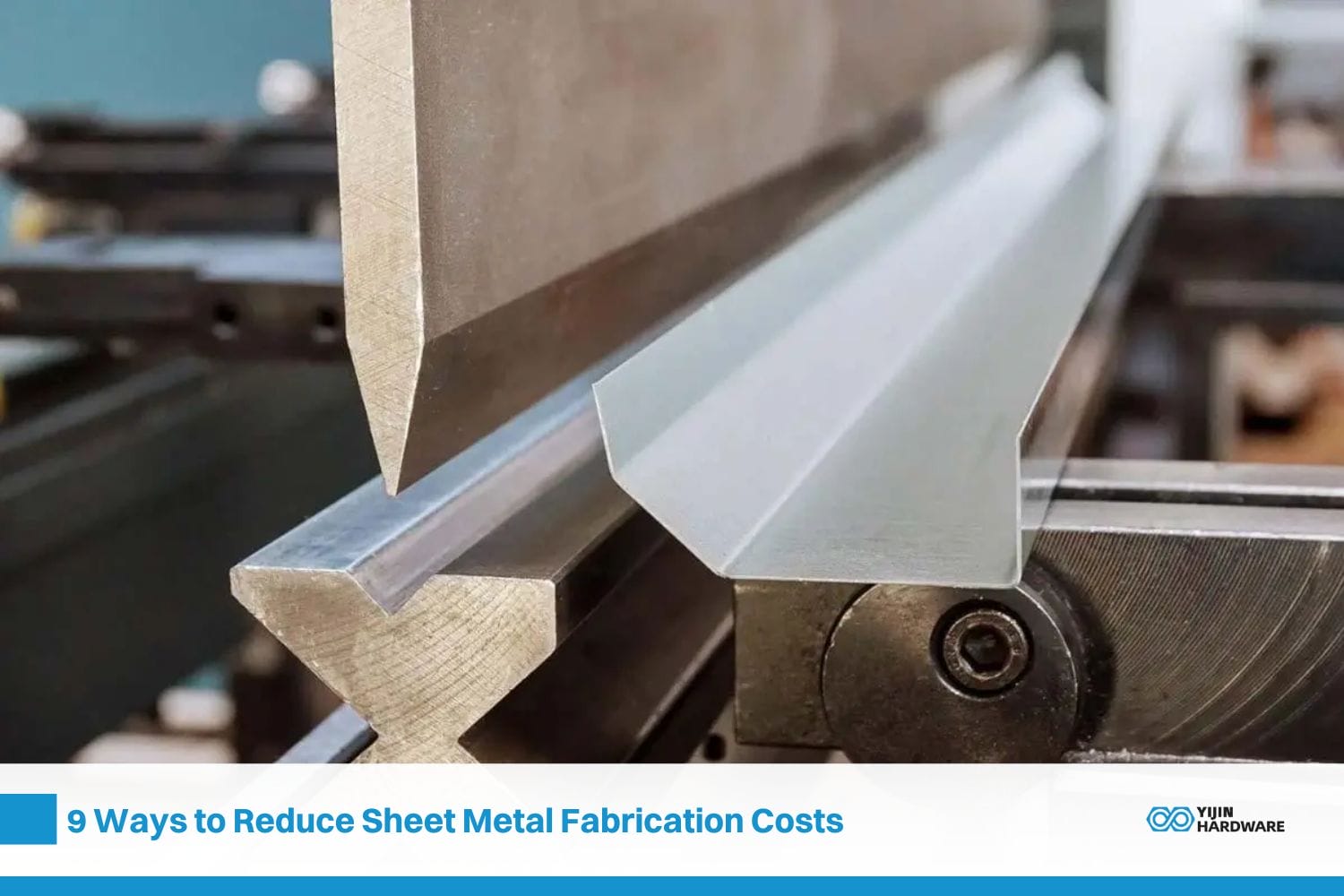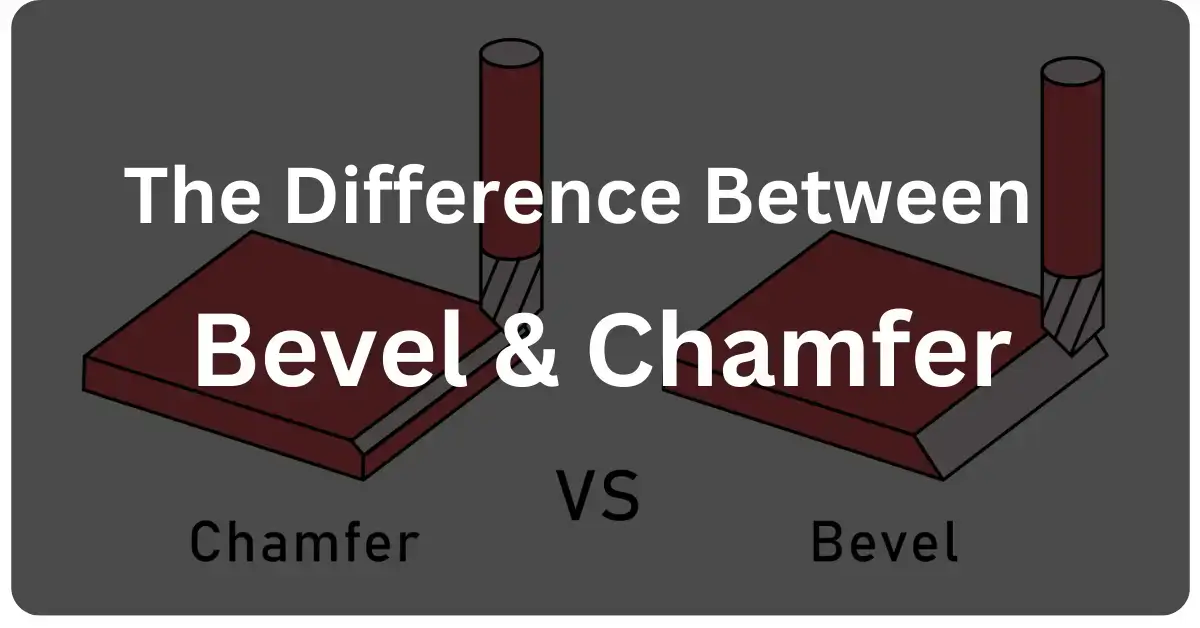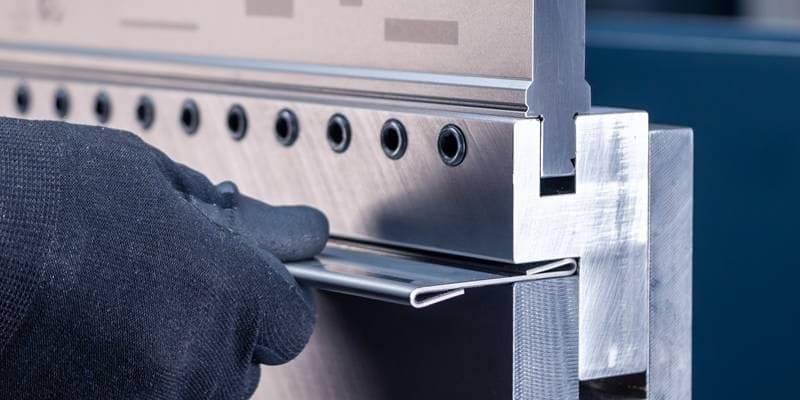Reducing sheet metal fabrication expenses is important for best manufacturing. Companies can keep quality and decrease production costs by selecting careful materials and smart designs.
This blog post discusses the practical ways to decrease expenses like optimizing machining processes, simplifying designs and selecting affordable material. These methods help in making informed choices that benefit both final product and budget.
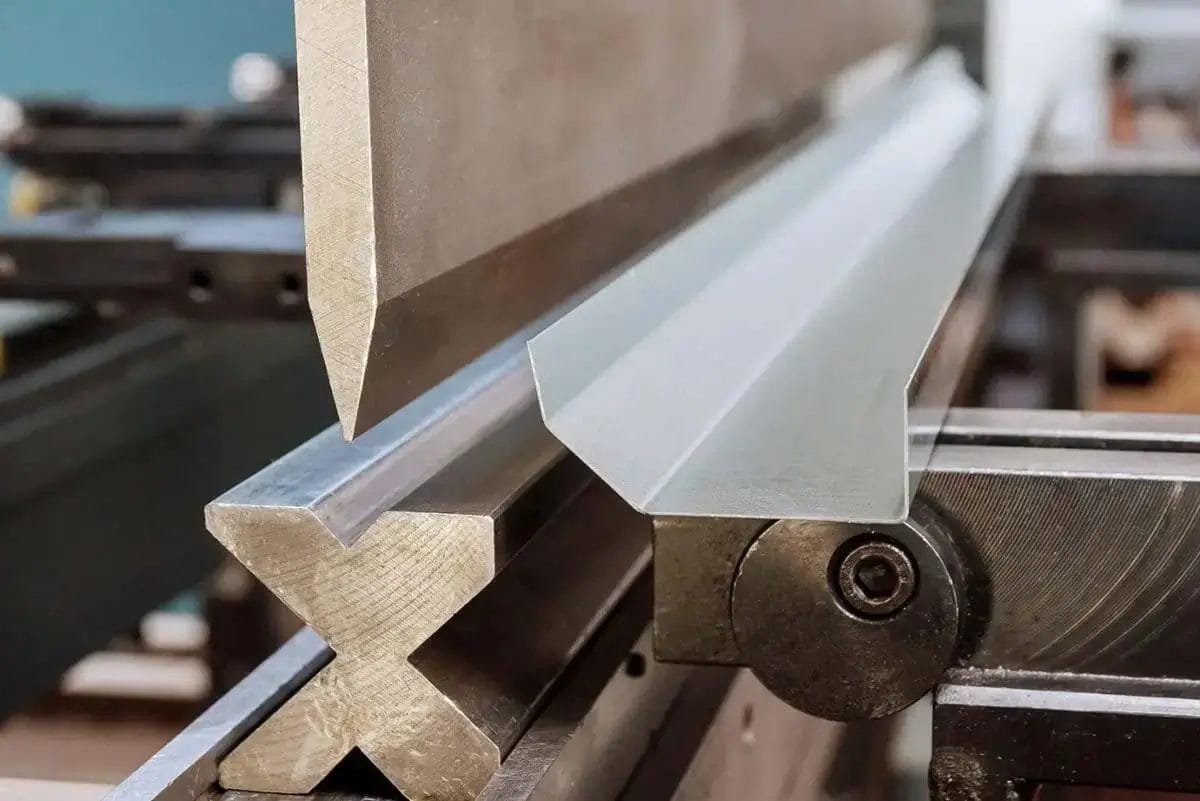
Factors Affecting Sheet Metal Fabrication Costs
Properly determining the sheet metal fabrication costs is important for project planning. Knowing what factors determine these costs can assist in making decisions and managing budgets.
1. The Cost of Raw Materials:
The cost of raw materials has a major impact on sheet metal fabrication. Prices for metals like copper, steel and aluminum can change based on market conditions. This change directly impacts overall fabrication costs.
Additionally, metal thickness and amount needed for a project play a big role in deciding material expenses. Using multiple metal types can further increase costs of your projects. Closeness to suppliers is also important to decrease transportation costs.
2. Installation Pricing:
Installation costs can greatly determine the total cost of sheet metal fabrication service. These costs include buying safety gear, hiring skilled workers and getting required permits. Sometimes fabrication part transportation costs to the installation sites are also added.
The total budget can increase if installation costs are not mentioned in the fabrication contract. The time needed and ease of installation to complete the fabrication processes also contribute to the final pricing.
3. Plating and Welding Cost:
Plating and welding are important in sheet metal fabrication but increase the cost. Welding pre-plating metals releases harmful fumes which can be hazardous. Additional labor and particular precautions could increase the total cost.
The type of plating and complexity of welding used in sheet metal fabrication also impact the cost. Projects that need a lot of specialized plating and welding will naturally increase cost.
4. Metal Structure:
The structure and design of the fabricated metal parts greatly determine the costs. For example, custom metal bending solutions can simplify the manufacturing process, especially when dealing with complex parts. Simpler designs with fewer bends, cuts and welds are cheaper to produce. Intricate structures with tight tolerances and details take more time and accuracy which increases the cost.
Labor prices also increase the cost for more complex designs. Optimizing designs and minimizing complexity can decrease fabrication expenses.
9 Ways to Reduce Sheet Metal Fabrication Costs
Decreasing sheet metal fabrication costs needs smart design choices and careful planning. Here are important strategies to decrease the cost:
1. Design for Manufacturability (DFM):
Simplifying designs can greatly decrease the fabrication costs. Complex designs with extra cuts, bends and welds are more costly to produce. Choosing simple and straightforward designs can prevent unnecessary machining steps.
Avoid features like blind holes and machined pockets as they increase production time and costs. Applying standard sizes for punch-form characteristics also saves money. Whereas non-standard sizes may need particular tools.
2. Choose the Right Raw Materials:

Choosing the right materials is important for controlling costs. Select materials that are readily available in standard sizes as they are mostly cheaper. For prototypes, consider using less expensive alternatives like aluminum as compared to costly options like stainless steel.
Working with fabricators who purchase material directly from mills can result in decreased costs as they usually receive bulk discounts. Selecting the most affordable material that meets your project need will help decrease total expenses.
3. Consider Plating and Welding Cost:
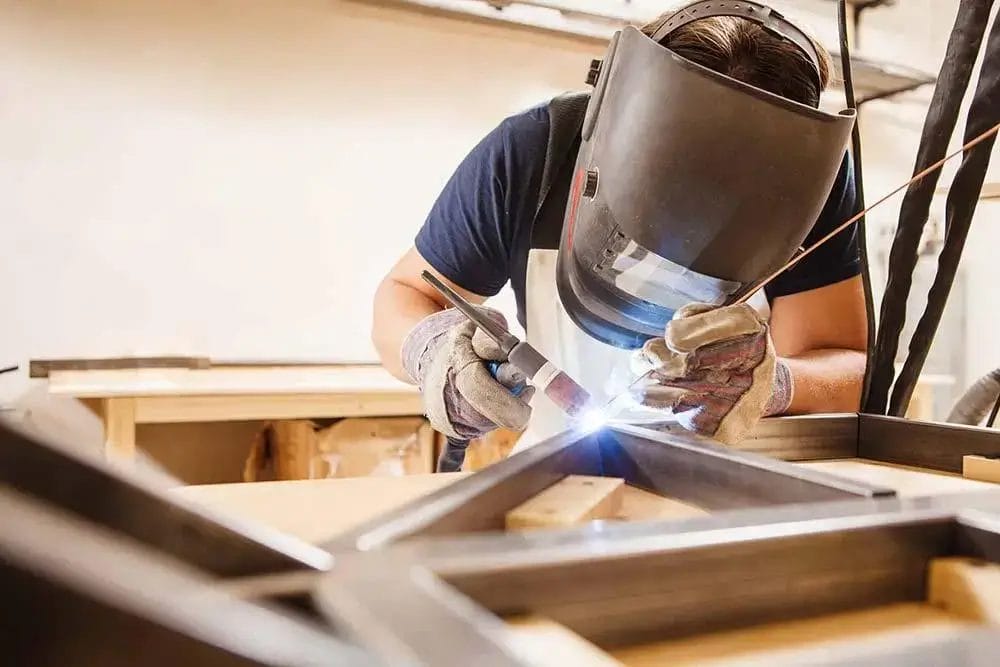
Welding pre-plated sheet metal releases harmful fumes which makes it harmful choice. To avoid this, use uncoated steel and treat it after fabrication. But this approach can be very time consuming and costly.
To decrease expenses, determine the design and whether you can eliminate the need for welding completely. If joining parts is important, use other methods like riveting which may cost less.
4. Use a Common Gauge of Sheet Metal:
Regulating a common sheet metal gauge in your design can help in decreasing the cost. Standard gauges are usually easier to use and less costly. Thicker material can be difficult to bend and cut which increases production costs.
By designing with regular gauges, you can benefit from faster manufacturing time and lower prices. Prevent using different gauges as they usually need special order which increases costs.
5. Limit Tight Tolerances:
Tight tolerances need more accurate machining which increases cost and production time. Apply tight tolerances to the areas that are important for the function of your product. This results in decreasing the overall cost. Loose tolerances can be used on less important characteristics without affecting the overall performance. This allows cheaper and quicker production as less accuracy is needed for non-important parts.
6. Consider Finishing Options That Minimize Costs:

Selecting the right finish for your sheet metal parts can decrease the cost. Some materials resist corrosion naturally and may not need particular finishes. Common finishes like passivation, powder coating and anodizing are readily available and affordable.
Prevent costly finishing processes unless they are important for appearance or function of product. Postponing the finishing process like engraving can decrease the cost of process until final stage production.
7. Be Flexible with Your Sheet Metal Designs:
Flexibility in design can cause lower costs. Standardizing punch-form properties like bridge lances and ribs to prevent extra costs and delays. If possible, adjust dimensions so that they can fit within standard tooling capabilities.
This allows manufacturers to use existing tools which decreases the need for custom setups. Being flexible to design changes can increase production quality and decrease costs.
8. Maintain Uniform Bend Orientation:
Uniform bend orientation simplifies manufacturing process and decreases costs. Bends in different directions need to reorient the sheet metal which increases labor cost and time.
Keeping all bend directions in the same way allows for faster production. Also, use standard bend radii to prevent particular tooling that can increase the cost.
9. Contact a Professional Fabricator:
Working with a skilled fabricator can assist you to manage costs completely. Select a company like Yijin Solution that gives different services from design to assembly.
Yijin Solution has the skills and tools to streamline the process and decrease costs. Cooperating with the right fabricator guarantees great quality while controlling costs.
How to Estimate the Costs of Sheet Metal Parts
Determining the cost of sheet metal part involves dividing the production process into manageable steps. Here is a simple and straightforward guide for calculating these costs.
Step 1: Break Down the Production Cycle
First, split the production process into individual phases. Treat each phase, like cutting, bending, or welding, as a separate stage. This breakdown helps you analyze and calculate the cost for each part of production process.
Step 2: Calculate Material Costs
Next, determine the raw material expenses. To do this, calculate the volume of material required, multiply it by the material’s density and then by the cost per kilogram.
For example, steel with a cost per kilogram and certain density, multiply these factors by the material volume to calculate the raw material cost per piece. Repeat for each material in your product.
Volume x Density x Cost per Kg = Raw Material Cost
Suppose the material cost is $0.5 per kg, steel has a density of 7.4 kg/cm3, plate size is 500 x 500 mm and thickness is 2 mm. We have:
Raw Material Cost = (5 x 5 x 0.02) x 7.4 x 0.5
Raw Material Cost = $1.85
Step 3: Calculate Machining Costs
After material expenses, calculate machining costs. This involves knowing the machine’s proficiency, the time to make one piece and its hourly rate.
Apply this formula: (Hourly Rate x Cycle Time) / Efficiency = Machining Cost.
For example, if a machine takes 15 seconds to make a part and works at 85% proficiency with an hourly rate of $70, you can calculate out the machining cost for one piece. Add this to the material cost to acquire the total production cost per piece.
(Hourly Rate x Cycle Time for One Piece)/ Efficiency = Machining Cost
Machining Cost = (70 x 15) / (0.85 x 3600)
Machining Cost = $0.34
So, the total direct production cost for one piece will be:
Machining cost + Raw Material Cost = Total Product Cost
Total Product Cost (One Piece) = $0.34 + $1.85 = $2.19
Step 4: Repeat the Calculation for Different Phases
Finally, repeat these calculations for every production phase. Add up the costs from each phase to get the total production cost. This method guarantees the detailed interpretation of the cost structure and can help to identify the areas where cost can be decreased.
Conclusion
Choosing the right material, optimizing production processes and simplifying designs can decrease sheet metal fabrication costs. By applying these strategies, manufacturers can decrease expenses without losing quality.
Cost-effective fabrication not only benefits current projects but also leads to better competitiveness and long-term savings. Focusing on quality production and proficient designs can guarantee profitable and sustainable operations.
For better-quality steel fabrication services Yijin Solution provides skill and advanced technology to reach your needs. Our commitment to high quality services guarantees cost-effective solutions without compromising quality.
FAQs
Q1. What are the best ways to decrease sheet metal fabrication costs?
The successful way to decrease costs include using standard metal gauges, simplifying the design and selecting affordable materials. Selecting low-cost finishing and avoiding complex design elements to decrease expenses.
Q2. How can design changes impact fabrication cost?
Design changes can greatly affect the costs. Simplifying your design by decreasing unnecessary cuts, bends and welds can increase manufacturing speed and decrease production cost.
Q3. How do you calculate fabrication costs?
To calculate sheet metal fabrication costs, start with dividing production cycle. Calculate price per unit, material costs by volume and density. Then, add machining costs which involve machine proficiency and time. Repeat this method for each step to acquire the total cost.

 info@yijinsolution.com
info@yijinsolution.com (+86) 188-2253-7569
(+86) 188-2253-7569
